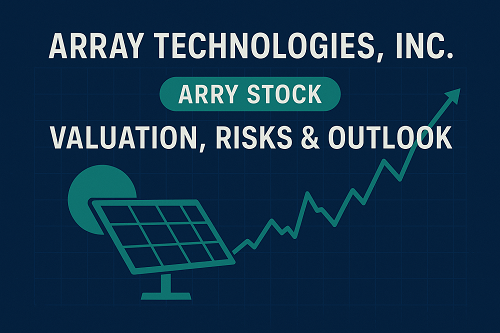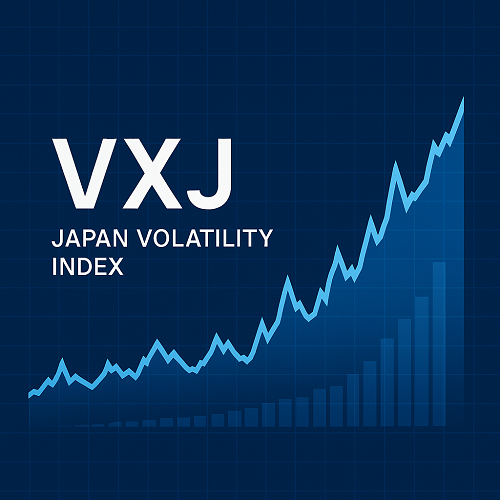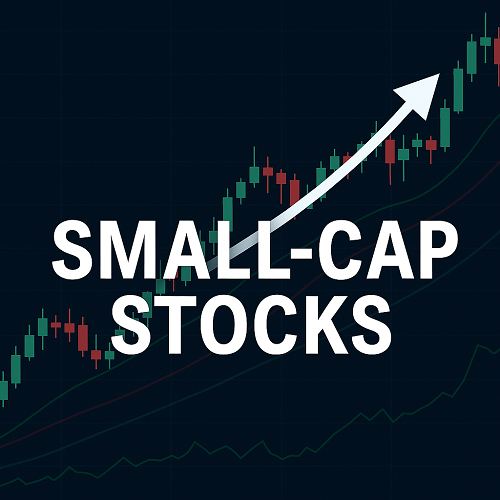Array Technologies, Inc. designs and manufactures ground-mount single-axis solar trackers (not solar panels), allowing utility-scale PV plants to follow the sun and maximize MWh output. Its flagship DuraTrack platform (and OmniTrack for difficult terrain) includes hardware, controls, and software that lower LCOE for asset owners. The firm is U.S.-headquartered and positions itself as a high-reliability, low-maintenance tracker provider for harsh environments.
Why trackers matter (and why ARRY exists)
- Trackers can raise annual energy yield versus fixed-tilt systems, improving project IRR and PPA competitiveness—especially valuable in mid- to high-irradiance markets.
- As utility-scale solar grows and sites get more complex (undulating terrain, high winds, soiling), mechanical reliability and wind/stow strategy are differentiators—areas where Array emphasizes durability and O&M simplicity.
Industry scale & growth: Independent research shows the tracker market surged in 2024 to ~111 GWdc shipped (+20% YoY), with leadership concentrated among the top five vendors. Nextracker held ~26% global share; Array was among the remaining leaders alongside Arctech, GameChange, and PV Hardware.
2025 performance & guidance: what changed?
Array’s Q3 FY2025 update (Nov 5, 2025) highlighted strong YTD revenue (+65%) and volume (+74%) and described “exceptional momentum,” prompting positive share-price reaction and an increased full-year revenue outlook. Multiple outlets reported a pre-market jump on the results.
For primary materials (deck, tables, GAAP/Non-GAAP bridges), use the company’s IR page, which hosts quarterly results packages and call replays. That’s your source of truth for guidance ranges, margin assumptions, backlog/awarded orders, and cash metrics.
Tip: Compare the latest quarter’s gross margin and cash conversion to the 2024 10-K baseline to understand how price/mix, tariffs, and logistics have altered unit economics.
Macro & policy: the tailwinds and the tripwires
1) IRA Domestic Content Bonus Credits
Under U.S. tax guidance, projects that meet domestic content thresholds can earn bonus ITC/PTC. Updates in 2024–2025 (e.g., Notice 2024-41 and subsequent safe harbors) made it easier for developers to qualify. For tracker vendors, the prize is spec preference and pricing power on U.S. projects that need domestic components.
The Treasury and IRS have continued clarifying how to calculate content percentages and claim bonus credits; staying aligned with these rules has become a commercial strategy as much as a compliance task.
2) Tariffs & supply chain
Analysts flagged tariff exposure (including parts sourced from Mexico/India) as a margin headwind for Array in late 2025, with at least one bank downgrade citing risk that not all costs can be passed through and that demand elasticity could bite during the “safe harbor” window.
3) Demand cadence
U.S. clean-energy additions slowed in 2025 (versus the breakneck growth of 2020–2023), with solar still growing but at a reduced pace and stronger growth shifting to storage. For trackers, that means project timing and geographic diversification matter more.
Bottom line: Policy and tariffs can swing ARRY’s gross margin and booking cadence, even when global tracker demand is expanding.
Competitive landscape
- Nextracker (NXT): Clear global leader by shipments and share; scale, software, and vertical integration have supported margins and delivery.
- Array Technologies (ARRY): Consistent top-tier supplier with U.S. brand strength; pushing domestic-content aligned offerings (DuraTrack and OmniTrack) as a differentiator for U.S. utility projects.
- Arctech, PV Hardware, GameChange, Soltec: Strong in EMEA/Asia/LatAm; pricing dynamics from these players influence bid levels in global tenders.
Products & positioning
- DuraTrack®: Flagship single-axis tracker designed for high reliability and wind events; current generations emphasize fewer motors/actuators per MW and robust stow strategies.
- OmniTrack™: For uneven terrain, using flexible architecture and controls to avoid heavy civil works.
- Software & controls: Fleet-wide stow logic, soiling/wind profiles, and performance monitoring to maximize energy yield.
Array’s August 2025 communications highlighted a commitment to 100% domestic-content configurations for its offerings—aligned with U.S. bonus-credit eligibility.
Financials at a glance
Use these as anchors when reading any quarter:
- Revenue & volume growth: Q3 FY2025 commentary cited +65% YTD revenue and +74% YTD volume, pointing to execution and share wins.
- Margins: Street debate in late 2025 focused on gross margin compression risks from tariffs vs. partial pass-through and mix; one bank moved to Underperform citing this concern.
- Backlog / awarded orders: In trackers, book-to-bill and contract terms (indexation, pass-throughs) are key—see the IR “Quarterly Results” docs for the latest figures rather than third-party summaries.
- Balance sheet & cash: Compare cash conversion (working capital swings from project timing) to FY2024 10-K to judge sustainability of any margin lift.
Valuation frame (how pros might think about it)
While multiples fluctuate daily, tracker peers are often valued on a blend of:
- EV/Sales (current + next 12 months) — cleans up accounting noise in periods of margin normalization.
- EV/EBITDA — sensitive to gross-margin assumptions and OpEx discipline.
- FCF yield — lumpy due to project-based working capital; normalize across cycles using multi-year averages.
To contextualize ARRY’s multiple, compare with:
- NXT (premium for scale, market share, and vertical integration),
- manufacturing peers in balance-of-system components (e.g., Shoals for BOS, not a pure tracker comp), and
- higher-mix global suppliers in EMEA/Asia.
Investment thesis: bull vs. bear
Bull case (what could go right)
- Share gains in U.S. projects pursuing domestic content credits; Array’s 100% domestically configured offerings may support pricing power and spec wins.
- Operating leverage from higher volumes if 2025–2026 U.S. utility awards re-accelerate and international mix improves.
- Product differentiation (durability, low O&M, terrain-flexibility) that reduces lifetime LCOE for owners, sustaining blended ASPs in competitive tenders.
Bear case (what could go wrong)
- Tariff cost absorption if pass-throughs lag, pressuring gross margin and cash.
- U.S. solar cadence remains slower than 2020–2023 trend, elongating project timelines.
- Competitive pricing from global peers limits margin recapture during upcycles; share gains concentrate with Nextracker.
6 things to check each quarter (a practical worksheet)
- Bookings vs. revenue (book-to-bill) — are orders comping ahead of shipments?
- Gross margin drivers — tariff pass-through rate, price/mix, logistics, warranty trends.
- Domestic content readiness — what % of U.S. pipeline can qualify for bonus credits with ARRY’s BoM?
- Geographic mix — exposure outside the U.S. to offset domestic cycles; watch India, KSA, LatAm.
- Cash conversion — inventory and receivables turns vs. last year’s 10-K baselines.
- Competitive signals — peers’ shipment growth and pricing behavior. (WoodMac and trade press are your friend.)
Industry outlook: 2025–2028
- Global tracker demand: After a record 2024, analysts still see healthy multi-year adoption with regional rotation (India, Middle East). U.S. share of tracker demand slipped as ROW accelerated.
- Policy friction vs. incentives: The domestic content bonus remains a structural U.S. tailwind, but tariff policy can partially offset it on COGS until supply chains fully localize.
- Project complexity: More challenging sites (wind, terrain) favor durable architectures and intelligent controls—an Array calling card.
How ARRY can win from here (operator’s checklist)
- Localize & certify: Keep accelerating U.S. BoM localization and document domestic-content qualification so developers can safely claim credits.
- Contracting discipline: Bake tariff/logistics pass-throughs into contracts; tighten lead-time commitments with suppliers to reduce price gaps.
- Software leverage: Monetize fleet-level controls and performance insights; software-adjacent revenue can stabilize margins through cycles.
- Regional expansion: Lean into markets with secular tracker adoption (India, KSA, Australia, Brazil) to smooth U.S. policy cycles.
Frequently asked questions (for quick due diligence)
Is Array a solar panel maker?
No. It makes trackers (structures + controls) that rotate panels to follow the sun. Trackers improve yield; they are not generation equipment themselves.
Who are the main competitors?
Nextracker (market leader), Arctech, PV Hardware, GameChange, and others. In BOS more broadly, Shoals competes, but not as a tracker OEM.
How big is the market?
2024 shipments reached ~111 GWdc, +20% YoY—the strongest year on record—per Wood Mackenzie.
What’s the latest with ARRY’s 2025 results?
Q3 FY2025 indicated strong YTD revenue and volume growth and lifted the full-year outlook; the stock reacted positively. Always cross-check the IR “Quarterly Results” page for the source docs.
What policies matter most?
The U.S. domestic content bonus under the IRA (affects customer demand/specs) and tariffs on imported components (affects ARRY’s COGS and pricing).
How to use this article alongside primary sources
- Company filings: Read the FY2024 10-K and the latest 10-Q/earnings deck to see the exact numbers, backlog language, and risk disclosures.
- IR hub: Download Quarterly Results for detailed margin bridges, contract structures, and cash-flow walk-throughs.
- Industry data: Track Wood Mackenzie and pv magazine updates for market share and shipment growth; they’re the quickest reads on competitive shifts.
- Policy clarity: Follow IRS/Treasury updates and reliable client alerts (e.g., KPMG, Akin Gump) to understand evolving domestic content qualification.
Risks recap
- Policy/tariff volatility compressing margins.
- Project timing and permitting delays, especially in key U.S. markets seeing slower 2025 growth.
- Competitive pricing pressure from global vendors.
- Working-capital swings that distort FCF in high-growth or back-half-weighted shipping years (monitor 10-K/10-Q).
Final take
Array Technologies is a core, pure-play bet on utility-scale solar trackers—a component with clear, quantifiable value to asset owners. The setup into 2026 looks balanced: policy incentives (domestic-content) and international growth tailwinds versus tariff-driven COGS friction and a more measured U.S. buildout. If management sustains share wins while protecting margin structure through contracting discipline and localized supply, ARRY’s cyclicality becomes an opportunity rather than a thesis breaker.





 XAUT-USD
XAUT-USD  AMD
AMD  MARA
MARA  SHOP
SHOP  BULL
BULL  CL=F
CL=F